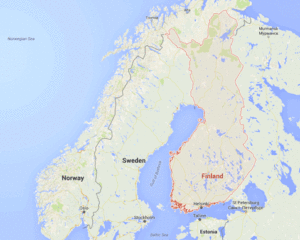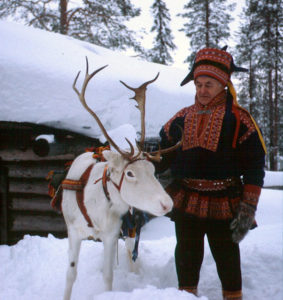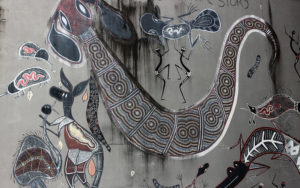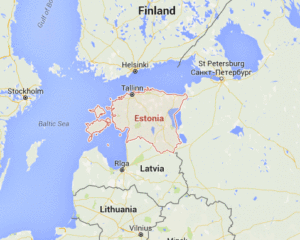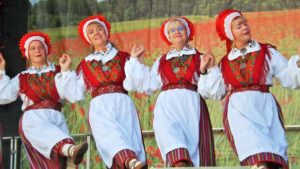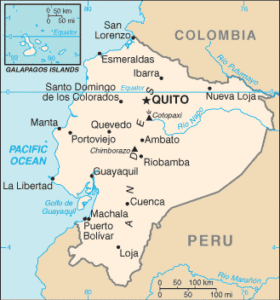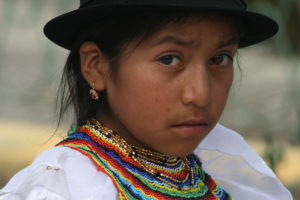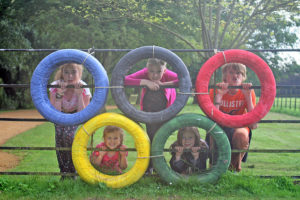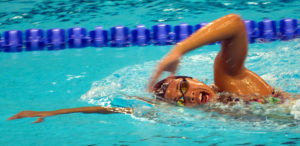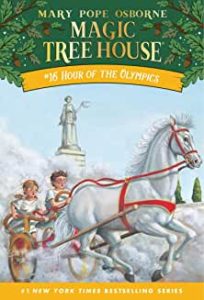Get ready to get buggy as we explore bugs and butterflies this week! Ready for some serious fun?
Activities
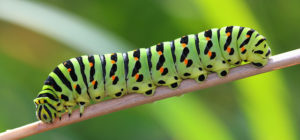 Create a butterfly suncatcher
Create a butterfly suncatcher- Explore a bit of science and make glasses of dancing worms.
- Use your foot and some paint to create a toe caterpillar on a leaf rubbing?
- Try creating a butterfly themed snack.
- How about playing some bug bingo?
- Create a sensory bug bin to investigate!
- Read Eric Carle’s The Very Hungry Caterpillar and create a whimsical lunch plate!
- Create paper butterflies
- Try making some adorable bee crafts!
- Play with your food by creating butterflies out of bagels!
- Create a caterpillar to butterfly craft!
Check out the Au Pair in America Pinterest site for more great ideas!
Field Trips can be a great way for kids to learn and have new experiences. As always, have a conversation as a family about suitable activities and COVID precautions before venturing out.  Here are a few places to go, that fit this theme:
Here are a few places to go, that fit this theme:
- Goldpetal Farms sunflower maze. The flowers attracts bees and butterflies! *Admission*
- Historic St. Mary’s City has a lovely variety of outdoor spaces were bugs, butterflies and critters abound! *Admission*
- The Jefferson Patterson Park & Museum grounds offer a wide variety of outdoor habitats.
- Battle Creek Cypress Swamp. The center is closed, but the trails are open during operating hours. This is one of the northernmost stands of bald cypress trees in North America. A short boardwalk trail enables visitors to experience the majestic quality of the cypress trees and the tranquility of the swamp.
Videos – You can find many great videos of butterflies and insects on YouTube. Check out these videos for kids about bees and ants. All about Insects covers lots of tiny creatures who crawl and fly. Here is a video showing a Monarch Butterfly metamorphosis time-lapse.
Books:
- The Big Book of Bugs:

A beautifully illustrated, informative book for children introducing them to bugs that creep, crawl, bite, fly, and moreFrom moths and beetles to worms and spiders, the world is crawling with fascinating bugs. The Big Book of Bugs is the first fact-filled book for children to explore the vast array of creepy-crawlies that share our Earth. - How to Draw Bugs & Insects:
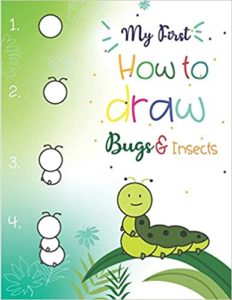 Young artists learn to draw by following 8 simple step illustrations. Perfect for children who are learning to draw.★ Simple step-by-step instructions
Young artists learn to draw by following 8 simple step illustrations. Perfect for children who are learning to draw.★ Simple step-by-step instructions
★ Filled with cute ladybugs, bumble bees, butterflies and many more insects and bugs!
★ Single sided printing to prevent bleed through
★ Extra pages to practice drawing all the animals
- The Amazing Life Cycle of Butterflies: From moth to chrysalis to beautiful butterfly, learn
 about a butterfly’s life. Children have lots of questions about the world around them, and this book helps them discover many amazing and wonderful scientific facts about butterflies.
about a butterfly’s life. Children have lots of questions about the world around them, and this book helps them discover many amazing and wonderful scientific facts about butterflies. - Insects, Spiders & Other Terrestrial Arthropods: Written by
 noted entomologist George C. McGavin, this comprehensive handbook covers all 29 orders of insect as well as spiders and terrestrial arthropods. It’s packed with hundreds of annotated photographs and illustrations to help you discern the many types of insects and gives you a brief description of each insect family with main characteristics, including life cycles, the environment in which they thrive, and a photographic guide to assist you in categorizing the insect group. It’s an indispensable handbook for beginners and enthusiasts alike.
noted entomologist George C. McGavin, this comprehensive handbook covers all 29 orders of insect as well as spiders and terrestrial arthropods. It’s packed with hundreds of annotated photographs and illustrations to help you discern the many types of insects and gives you a brief description of each insect family with main characteristics, including life cycles, the environment in which they thrive, and a photographic guide to assist you in categorizing the insect group. It’s an indispensable handbook for beginners and enthusiasts alike.
Photo: Nick Goodrum {flickr} & Cynthia Chan






